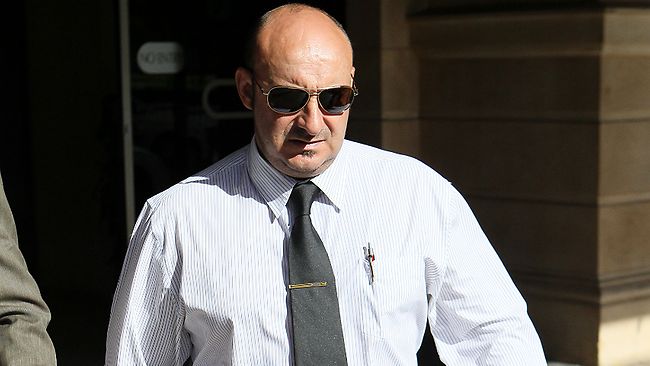As outlined under the Crimes (Sentencing Procedure) Act 1999, New South Wales courts can impose a variety of penalties upon conviction for an offence. These penalties differ in severity, and depend on the specific circumstances of the case and the nature of the offence committed. This article will explore all penalties available to the court in order of increasing severity.
Dismissal
In accordance with section 10 of the Crimes (Sentencing Procedure) Act 1999, without proceeding to conviction, a court that finds an individual guilty of an offence may order that the relevant charge be dismissed without record. This penalty is typically applied in regards to minor criminal and traffic offences. It is, however, important to note that sentencing guidelines may prohibit the imposition of a section 10 dismissal for some offences, such as for high range PCA.
Where the court is satisfied that it is inexpedient to inflict any punishment (other than nominal punishment) on the person, section 10(1)(b) of the Act allows the court to elect to discharge the offender on condition that the person enter into a good behaviour bond for a term not exceeding 2 years. Similarly, the court may also make an order under section 10(1)(c) to discharge the person on the condition that they enter into an agreement to participate in an intervention program.
In deciding whether to make an order for a section 10 dismissal, whether conditional or not, section 10(3) of the Act requires the court to give regard to the following factors:
a) The person’s character, antecedents (i.e. background), age, health and mental condition,
b) The trivial nature of the offence,
c) The extenuating circumstances in which the offence was committed,
d) Any other matter that the court thinks proper to consider.
Fine
Under division 4 of the Crimes (Sentencing Procedure) Act 1999, the court may impose a fine as penalty for a convicted offence. Under the act, fines are calculated by reference to ‘penalty units,’ with a penalty unit currently equalling $110.00 under section 17 of the Act.
In determining the amount of any fine to be imposed by a Judge or Magistrate, the court should consider the offender’s financial situation and ability to pay the fine. The maximum time that the court may set to repay the fine is 28 days, however, the registry is likely to grant an extension where the fine cannot be paid within that time.
According to sections 14 and 15 of the Act, the court may impose a fine in conjunction with a good behaviour bond, or as an additional or alternative penalty to imprisonment for indictable offences.
Good Behaviour Bond
In accordance with section 9 of the Crimes (Sentencing Procedure) Act 1999, the court may make an order directing an offender to enter into a good behaviour bond as alternative to a sentence of imprisonment. The term of the good behaviour bond must not exceed five years.


 The thing about the death of Greg Wood at the hands of his best mate, Daniel Gray, is how easy it is to imagine someone you know in the same situation.
The thing about the death of Greg Wood at the hands of his best mate, Daniel Gray, is how easy it is to imagine someone you know in the same situation. Barclay Churchill has been associated with renowned Australian artists Chris Blackman a Franki Birrell. 6 months ago, it is believed that a unknown buyer has purchased 2 paintings for $120,000 passed off as Blackman’s. Barclay Churchill is urgenly attemping to contact these buyers for assistance in this matter.
Barclay Churchill has been associated with renowned Australian artists Chris Blackman a Franki Birrell. 6 months ago, it is believed that a unknown buyer has purchased 2 paintings for $120,000 passed off as Blackman’s. Barclay Churchill is urgenly attemping to contact these buyers for assistance in this matter.